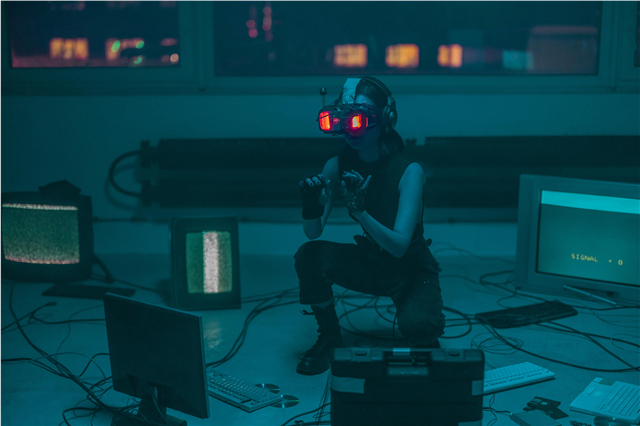
What is the difference between LED and LCD screens
In today's digital age, we're surrounded by screens everywhere – from our smartphones to massive billboards. But have you ever wondered what makes your TV or computer monitor actually work? The battle between LED and LCD screens has been quietly revolutionizing how we see digital content, and the surprising facts behind these technologies might just change how you view your next screen purchase.
The Backlight Revelation: Where the Real Magic Happens
Here's the mind-blowing truth that confuses most people: all LED screens are actually LCD screens! It's like discovering that all squares are rectangles, but not all rectangles are squares. LED displays use liquid crystal display technology with light-emitting diodes for backlighting – making them a specialized subset of LCD technology.
Energy Efficiency Showdown
Did you know that LED-backlit displays consume up to 40% less power than traditional CCFL-backlit LCDs? This energy efficiency isn't just good for your electricity bill – it means your laptop battery lasts longer and your TV generates less heat. Samsung's QLED technology takes this even further, using quantum dots to achieve remarkable color accuracy while maintaining excellent energy efficiency.
Lifespan Surprises
Traditional fluorescent-backlit LCD screens typically last around 30,000 to 60,000 hours before significant brightness degradation occurs. In contrast, modern LED-backlit displays can shine brightly for 100,000+ hours – that's over 11 years of continuous operation! This longevity makes LED screens particularly popular in commercial applications where reliability is crucial.
The Thickness Factor: Thinner Than Your Smartphone!
One of the most visually striking differences lies in physical dimensions. Traditional CCFL-backlit LCD monitors often measure 2-3 inches thick at their bulkiest point. LED-backlit displays? Many are thinner than your iPhone! Some ultra-slim LED monitors measure less than 8 millimeters – about the thickness of three credit cards stacked together.
This dramatic reduction in thickness isn't just aesthetically pleasing; it represents a fundamental shift in component miniaturization. The LEDs used for backlighting are incredibly compact compared to the fluorescent tubes they replaced.
Color Performance: From Washed Out to Wow Factor
The color reproduction capabilities tell an incredible story of technological advancement. Standard LCD screens using CCFL backlights struggle to display the full spectrum of colors visible to the human eye. LED-backlit displays, however, can achieve 90%+ of the NTSC color gamut, meaning they can reproduce colors that appear more vivid and lifelike.
Samsung's latest QLED TVs claim to reach 100% color volume across all brightness levels – a feat impossible with older CCFL technology. This means whether you're watching a sunset scene in complete darkness or viewing content in broad daylight, the colors remain consistent and stunning.
Response Times: Faster Than the Blink of an Eye
Gaming enthusiasts rejoice! The response time – how quickly pixels can change from one color to another – reveals another compelling advantage of LED technology. While traditional LCD screens might have response times of 5-8 milliseconds, many LED displays achieve refresh speeds under 1 millisecond.
This rapid response time eliminates motion blur and ghosting effects that plague competitive gamers and movie lovers alike. Some high-end LED gaming monitors now offer response times as low as 0.5 milliseconds, making them virtually instantaneous to human perception.
Environmental Impact: Green Tech in Action
Here's an eco-fact that might surprise you: LED displays contain no mercury, unlike their CCFL predecessors which required careful disposal due to toxic materials. This environmental benefit extends throughout the entire lifecycle – from manufacturing to eventual recycling.
Furthermore, the reduced energy consumption of LED screens translates to significantly lower carbon emissions over their operational lifetime. For large installations like Times Square billboards or corporate headquarters displays, switching to LED technology can reduce energy consumption by thousands of kilowatt-hours annually.
Cost Considerations: Pay More Now, Save Later
While initial costs for LED displays were once prohibitively expensive, mass production has dramatically changed the landscape. Today, the price premium for LED-backlit displays is often minimal – sometimes less than $50 more than comparable CCFL-backlit models.
However, when you factor in long-term energy savings and extended lifespan, LED displays become the clear economic winner. A typical household running multiple LED screens can save $100-200 annually in electricity costs compared to older LCD technology.
The OLED Curveball
For those seeking ultimate picture quality, Organic Light-Emitting Diode (OLED) technology offers pixel-level lighting control that neither standard LCD nor LED-backlit LCD can match. Each pixel in an OLED display produces its own light, enabling true blacks and infinite contrast ratios. However, OLED screens come with higher price tags and potential burn-in concerns that make LED-backlit LCDs attractive alternatives for budget-conscious consumers.
Making Your Choice: Beyond the Marketing Hype
When shopping for your next display, remember that terms like "LED TV" are largely marketing terminology since all modern flat-panel displays use LCD technology with various backlight sources. True LED displays – where each pixel is its own light source – exist primarily in small indicators and specialized commercial applications.
Look beyond buzzwords and focus on measurable specifications: contrast ratio, color gamut coverage, response time, and power consumption. These factors will determine your actual viewing experience more reliably than marketing labels alone.
The Future Is Bright (and Efficient)
As manufacturing processes continue improving and economies of scale expand, LED-backlit displays represent the current sweet spot in flat-panel display technology. They offer exceptional picture quality, remarkable energy efficiency, impressive longevity, and increasingly competitive pricing.
Whether you're upgrading your home entertainment system, investing in a professional monitor, or simply curious about the technology surrounding us daily, understanding the LED versus LCD distinction helps demystify the modern display landscape. These aren't just screens anymore – they're sophisticated windows into digital worlds, and choosing the right technology ensures your window provides the clearest, most vibrant view possible.
The next time you glance at any screen, take a moment to appreciate the complex engineering that transforms electrical signals into the images captivating your attention. Whether LED or LCD-powered, these displays represent remarkable achievements in consumer electronics that continue evolving at breakneck pace.


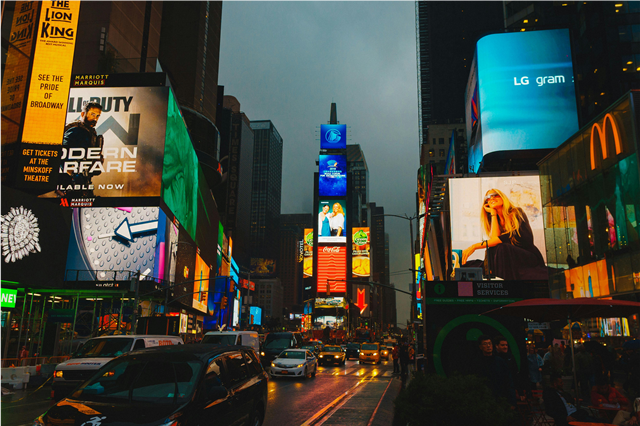
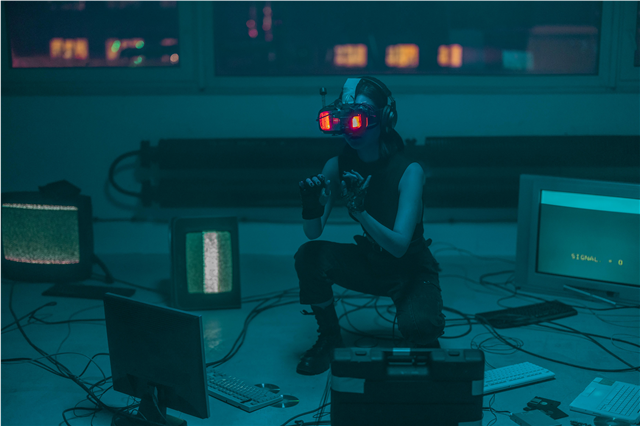
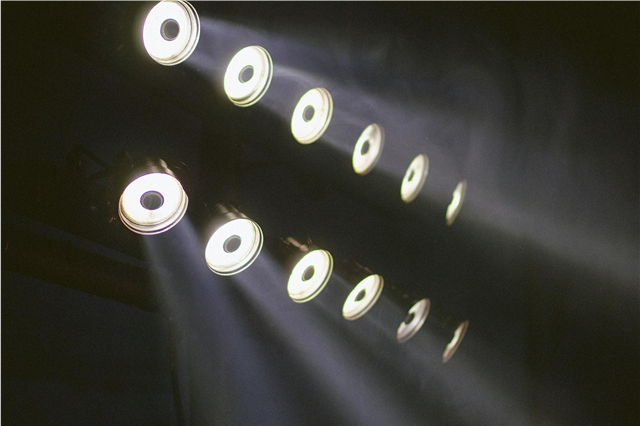


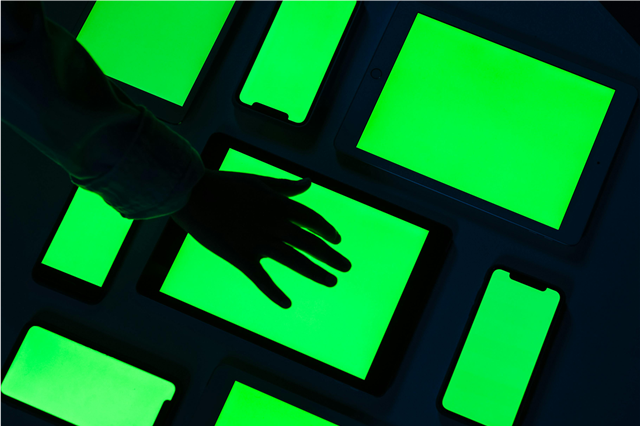







Post Comment